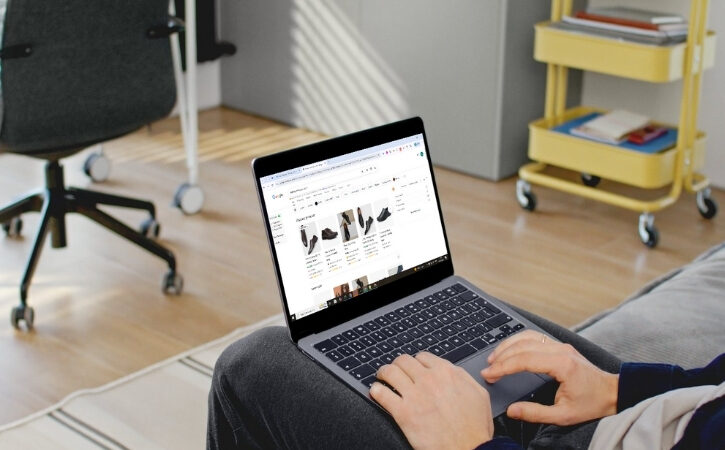What Safety Equipment Is Required For Solar Cleaning Jobs?

solar panel cleaning gear, rooftop safety, fall protection, solar maintenance toolsKeeping solar panels clean helps maintain their efficiency, but it’s not a task to take lightly. Whether you’re a professional cleaner or a homeowner interested in the process, safety comes first. While many folks search for a Solar Panel Cleaning Service near me to avoid the risks themselves, others want to know what’s involved. If you’re considering doing it yourself or training a team, having the right safety gear can make all the difference. Let’s go over what’s needed to stay safe while on the job.
Why Safety Gear Matters for Solar Panel Cleaning
Cleaning solar panels often means working at height, near live electrical systems, and with water. That combination is risky. One wrong move can lead to a serious injury or even worse. With the right safety setup, workers can focus on getting the panels spotless without worrying about slipping, falling, or being electrocuted.
Fall Protection Is a Must
The biggest hazard during solar cleaning is falling. Roofs are often steep and slippery, especially when water is involved. That’s why a fall protection system is essential. This includes a harness, lanyard, and anchor point. These parts work together to prevent workers from hitting the ground if they lose their footing. A full-body harness should fit snugly and be rated for the worker’s weight.
Roof Anchors for Stability
To safely work on sloped or high roofs, you need a secure anchor point. These anchors attach to the roof structure and serve as a secure hold for the fall protection lanyard. Temporary roof anchors are ideal for short-term jobs, while permanent anchors are better for repeated cleaning tasks. Always inspect them before use to check for wear or loose parts.
Non-Slip Footwear for Roof Work
Regular shoes don’t cut it when working on roofs. Slip-resistant shoes with soft rubber soles give better grip on shingles or metal surfaces. Footwear should be both sturdy and lightweight to allow easy movement without compromising balance.
Gloves for Better Grip and Protection
Your hands do a lot of work during cleaning, from holding brushes to adjusting ropes and equipment. Wearing gloves helps improve your grip, especially when things get wet. They also keep your hands safe from chemicals, hot surfaces, or sharp edges around the panel frames.
Helmet With Chin Strap for Head Safety
Head injuries are common when working around elevated structures. A helmet with a chin strap protects against accidental falls or falling tools. The chin strap keeps the helmet in place, even if you’re moving quickly or bending forward. Choose one with proper ventilation and adjustable straps for all-day comfort.
Insulated Tools for Electrical Safety
Even though solar panels don’t carry as much voltage as some systems, they still generate electricity. Using insulated tools helps reduce the risk of electrical shocks. Avoid metal-handled tools that conduct electricity and opt for insulated plastic or rubber-handled ones instead.
Water-Fed Poles to Stay Grounded
Whenever possible, stay off the roof entirely. Water-fed poles allow cleaners to reach solar panels from the ground or a lower platform. These tools often connect to a filtration system for spot-free rinsing, removing the need to get close to the panels. It’s a safer and faster method when the building design allows it.
Protective Eyewear to Avoid Splashes
Water and cleaning agents can splash during the cleaning process. Protecting your eyes with goggles or safety glasses can prevent irritation or injury. This is especially important when working in windy areas where water mist may blow back into your face.
Respirators When Using Strong Cleaners
While water alone often does the job, sometimes stubborn dirt calls for a stronger cleaner. In those cases, wearing a respirator is a good idea. It protects your lungs from fumes or fine particles that may come from the solution or dirt being disturbed.
Safety Vests for Better Visibility
If you’re cleaning panels on large commercial buildings or in areas with vehicle access, wearing a reflective safety vest is smart. It makes workers easier to spot and reduces the chance of accidents from equipment or other workers.
Ladder Safety Tools
For jobs that still require ladder access, stability is key. Use a ladder stabilizer to prevent slipping. Also, choose ladders made from non-conductive materials like fiberglass. Never rest ladders on the solar panels themselves, and keep them on flat, solid ground.
Rope Access Systems for Complex Jobs
On tall buildings or where ladders won’t work, rope access systems may be needed. These systems allow workers to rappel or maneuver across a roof while secured. Proper training is essential for anyone using this kind of equipment.
Training Matters as Much as Equipment
Having the right gear is only half the equation. Workers also need proper training to use that gear safely and efficiently. From tying harnesses to using poles correctly, hands-on training helps build good habits and reduces risk on the job.
Weather Conditions and Safety Precautions
Don’t forget the impact of weather. Cleaning solar panels in the rain or strong wind increases the risk of slipping and falling. Wet shoes, strong gusts, or heat from the panels themselves can cause accidents. Always check the forecast before heading out and postpone work if the weather is unpredictable.
Final Thoughts
Safety during solar panel cleaning isn’t optional—it’s a priority. While panels themselves are harmless to touch, the environment around them poses real risks. Using gear like harnesses, slip-resistant shoes, helmets, gloves, and water-fed poles helps prevent injury and keeps the job professional. Whether you’re hiring help or doing it yourself, knowing what’s needed for protection goes a long way. Reliable safety practices don’t just protect workers—they also help get the job done faster, better, and with fewer interruptions.



